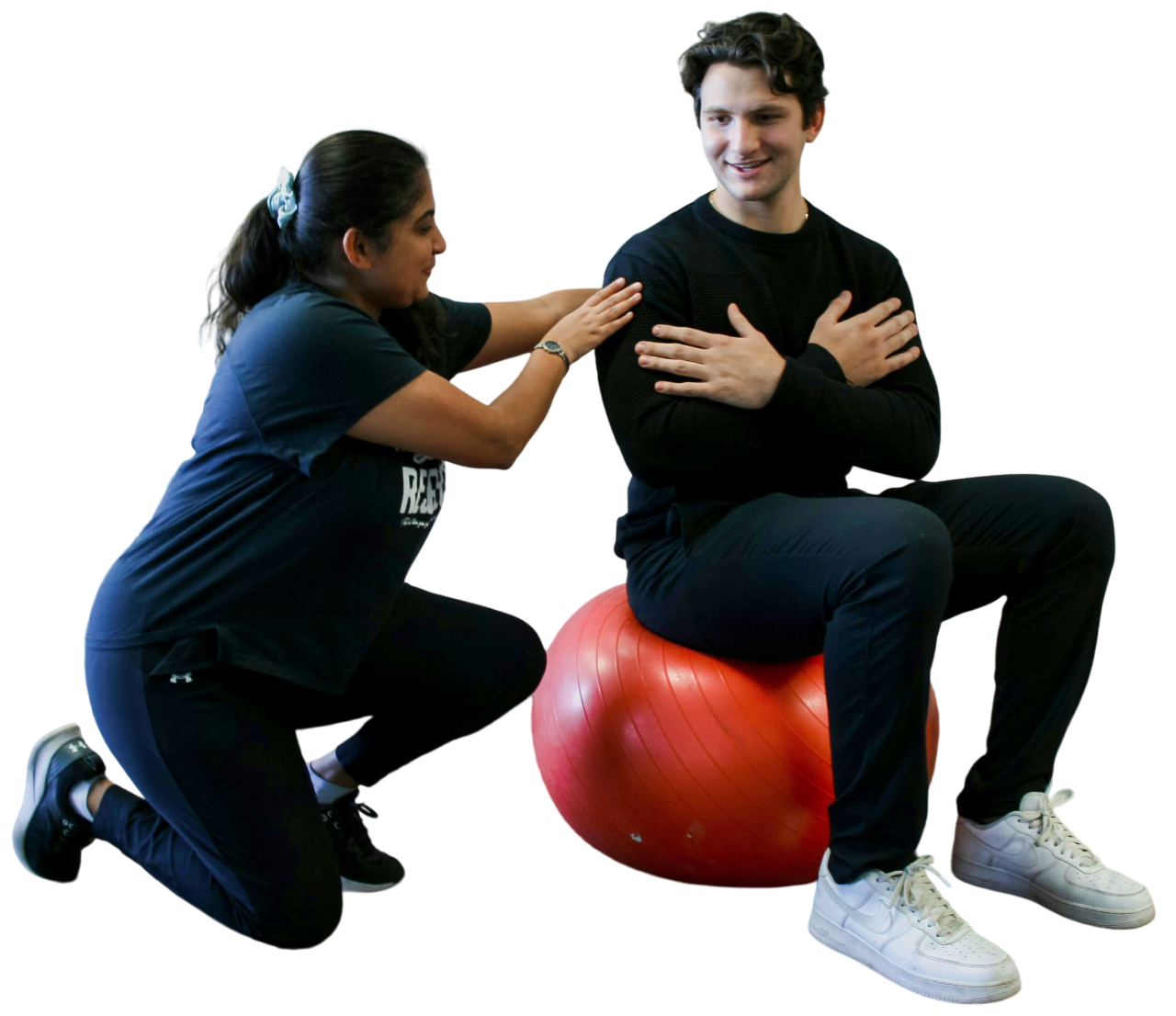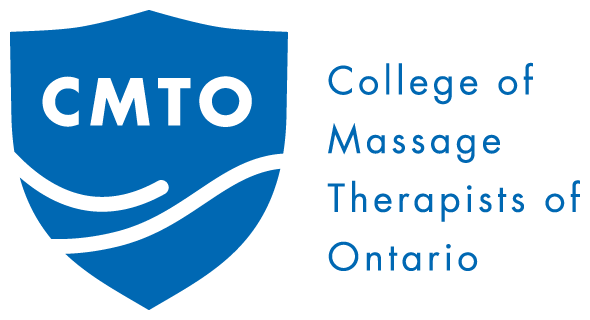Physiotherapy in Ontario
Restore Strength. End Pain Quickly.
Hamilton Award Winning Physiotherapy Clinic and “Voted Best Physiotherapy Clinic by Hamilton”
Select Your Location
Hamilton Mountain
880 Upper Wentworth St #2B, Hamilton, Ontario
Hamilton Downtown
200 James St S #207, Hamilton, Ontario
Ancaster
323 Wilson St E Unit B3, Ancaster, Hamilton, Ontario
Dundas
33 King St W #201, Dundas, Ontario
Stoney Creek
68 Centennial Pkwy S, Stoney Creek, Hamilton, Ontario
Upper Stoney Creek Mountain
288 Mud St W, Stoney Creek, Hamilton, Ontario
Binbrook
2537 Hamilton Regional Rd 56 Unit B5, Binbrook, Hamilton, Ontario
Burlington
665 Plains Rd E Unit 7, Burlington, ON L7T 2E8
St. Catharines
1 Belton Blvd, St. Catharines, Ontario
Cambridge
130 Cedar St #31, Cambridge, Ontario
Etobicoke
3857 Lake Shore Blvd W, Etobicoke, ON M8W 0A4
Vaughan
9671 Jane St #2, Maple, ON L6A 3X5
Ottawa - Kanata
373 Fernbank Rd #6, Stittsville, ON K2S 0T7
Ottawa - Stittsville
1609 Stittsville Main St, Stittsville, ON K2S 1B8
Top-Rated Physiotherapists in Ontario
Is Pain Controlling Your LIfe?
Choose a clinic trusted across Ontario for proven, compassionate care. Our specialists focus on helping you return to the activities you love with confidence and freedom. Don’t wait until discomfort limits your life—schedule your consultation today and begin your path toward faster healing, stronger movement, and complete physical wellness.
Arthritis
CONDITIONS WE TREAT
Neck Pain
Back pain
foot & ankle pain
Back pain
PHYSICAL THERAPY
foot & ankle pain
Our Proven 4-Phase Recovery Program
Pain
In pain and unsure where to turn? Our physiotherapy experts provide one-on-one care to identify the root cause and create a personalized treatment plan.
Prime
Staying motivated after pain relief can be tough. In We can help you regain mobility, flexibility, and strength, preparing you for success and injury prevention.
Perform
Injured and eager to return to normal? Our experienced physiotherapists offer personalized rehab plans to get you back to doing what you love quickly.
Prevent
Worried about re-injury? Our physiotherapists will equip you with the tools so you can prevent future injuries and ensure a quick, safe recovery.
A Treatment Plan That Fits You
Through customized Physiotherapy in Ontario, we focus on measurable progress and sustainable improvement. You will experience expert care designed to restore comfort, strength, and mobility. Take the first step toward lasting relief. Book your one-on-one consultation today and start healing with trusted professionals committed to your long-term health and recovery.


What Our Customers Say
Your journey to pain-free movement feeling your best again lasting recovery better health starts here.
“Precision physiotherapy is by far the best I have ever been to. This is credit to all the wonderful people that work there. From the reception staff to the physiotherapists to the assistants they make you feel right at home and bring positive energy. Everyone there has such a positive mindset and work together to make sure that every individual that comes here feels right at home. This is my second time being here for the shockwave therapy on my knee for patella tendinitis. From my very first visit to last they gave me new stretching techniques, stability exercises etc to continue to get back to 100 percent. I’ve worked with several individuals over 5 months and they were all amazing individuals. Thank you very much for getting my knee back to 100 percent.'”
Corey D
“After injurying my right knee which, impacted my ability to comfortably walk for weeks, I was able to work with Vidhi and Alexis from the Precision team to treat my injury. They were really helpful in guiding me as I worked on healing my injury as well as providing insights on how to prevent further injuries. As a bonus they were also able to help me address an old shoulder injury which limited my range of motion. I’m really grateful to the Precision Physio their professionalism and guidance in making a healthy recovery.”
Jevaughn Williams
Cassandra Shortt
Darren Hayes
Batool A
Nicola Theroux
Gary G.
JoAnne B.
Our Expert Team
Services & Programs
Your Recovery Starts Here
Chiropractic
Are you struggling with chronic pain, limited mobility, or overall reduced quality of life..
Dry Needling
Tired of living with chronic muscle tightness, nagging pain, or mobility issues that just won’t go away?
Manual Therapy
If joint stiffness, muscle tightness, or nerve irritation are limiting your movement, manual therapy..
Personal Training
Struggling to stay consistent, break through plateaus, or see real results from your workouts?
Sports Rehab
An injury shouldn’t end your season—or limit your potential. If pain, mobility restrictions,
Vestibular Therapy
If dizziness, vertigo, or balance issues are making daily activities difficult, it may be more..
We help you achieve a life you want without medications injections or surgery
Your Healing Journey
Move Freely and Live Pain Free Across Ontario
Chronic pain should never dictate your day. At Precision Physiotherapy, our team helps you restore balance, flexibility, and strength through advanced, research-backed treatments proven to relieve discomfort and enhance performance.
Our clinicians provide ongoing guidance and care tailored to your body’s needs, ensuring steady progress and confidence with every visit. With trusted Physiotherapy in Ontario, you can move without restriction again. Do not let pain control another day. Contact Precision Physiotherapy today to start your recovery and rediscover the comfort and freedom your body deserves.
Fitness Programs
Happy Customers
Years of Experience
Connect With Ontario’s Rehab Experts
Hoping it will fade on its own, but it hasn’t?
At Precision Physiotherapy in Hamilton, we’re here to help. Our licensed physiotherapists take the time to listen, understand your pain, and create a personalized treatment plan designed for lasting relief and full recovery.
You don’t have to live with pain any longer.
Call us now at (905) 538-7650 or request your appointment online to start your recovery today.
Direct Billing To All Major Extended Care Service Providers
Frequently Asked Questions

What should I expect during physiotherapy sessions?
Physical therapy sessions typically involve an assessment of your condition, manual techniques to improve mobility and flexibility, individualized exercises and activities to help you reach your goals, education on how to prevent further injury or pain, and instruction on proper posture, body mechanics and other lifestyle changes.
Do I need a referral from my doctor before attending Physiotherapy?
It depends on what health insurance plan you have and the state in which you live! In some states, direct access laws allow patients to be seen without a physician referral. Check with your health insurance company and local physiotherapy clinics before scheduling an appointment.
What do I need to wear or bring with me?
In Ontario, physiotherapists are considered primary health care practitioners, so a referral from a doctor is not necessary. However, if you have coverage for physiotherapy treatment through an extended health benefit plan, the insurance company may require a doctor’s referral.
Is there anything I can do before my appointment to prepare?
Yes! Make sure you arrive for your session well-rested so that you can give it your full attention and energy. It is also helpful if you keep track of how much pain medication (if any) you take prior to the appointment so that the physiotherapist can adjust the intensity of treatment accordingly.
How long will my physiotherapy sessions last?
Sessions typically last 30-60 minutes depending on your condition and the types of techniques used. Your physiotherapist will give you an estimate when you first arrive for your appointment.
Are there any exercises I can do at home between appointments to help improve my condition?
Yes! Your physiotherapist may provide specific exercise recommendations for you to try in between visits, which will help speed up your recovery and progress faster toward reaching your goals. It’s important to follow these carefully and always check with your PT before starting a new exercise program if you have any questions or concerns.
What if I have questions after my physiotherapy session?
Your physiotherapist should be available to answer any questions or concerns you may have about your treatment plan before and after each visit. You can also contact the clinic directly for further assistance. We want you to get the most out of every session!
Will insurance cover my physiotherapy?
It depends on your insurance plan. Most plans cover some or all of the costs associated with physiotherapy, but you should check with your provider to determine coverage and any associated fees.
How often will I need to attend physiotherapy sessions?
The frequency of visits will depend on your individual goals and condition, but typically it is recommended that patients attend 2-3 times per week for a minimum of 4-6 weeks in order to maximize results. Your therapist will provide more details during your initial appointment.
How long will it take for me to see results?
Every person’s situation is unique; therefore the amount of time needed to reach goals varies. With commitment and dedication from both you and your physiotherapist, you can expect to start seeing results within a few weeks. The more positive lifestyle changes you make, the faster your progress will be!
Will my physiotherapist be able to answer any questions I have about my condition?
Yes! Your physiotherapist should be available to discuss any concerns or questions you have regarding your condition or treatment plan. Don’t hesitate to bring up any issues that may arise during the course of therapy.
What if I feel too much pain during a session?
If at any time during your physiotherapy session you experience increased pain, it’s important to let your therapist know so they can adjust the intensity or technique as necessary. Your therapist will work with you to make sure that treatment is comfortable and effective for you.
How will I know when I no longer need physiotherapy?
Your physiotherapist should be able to provide guidance on when it is appropriate to stop attending physiotherapy sessions based on your progress, goals, and overall health status. It’s important to listen to your therapist and continue with treatment until they feel you are ready to move on.
























